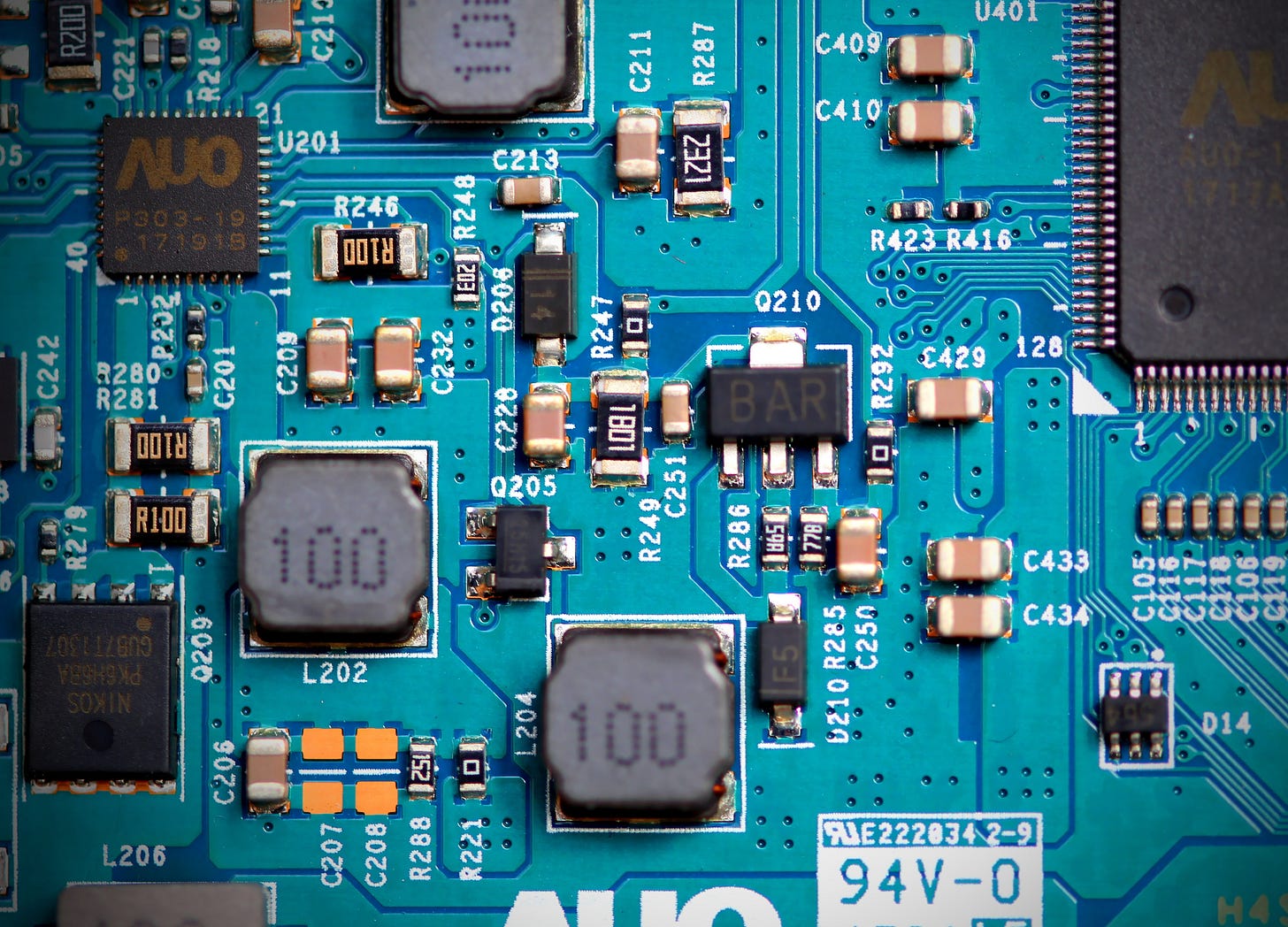Thank you for reading The Hundred, a newsletter in which experts provide analysis on questions that matter. To support the project, subscribe below.
“In 1987, when semiconductor firms were still vertically integrated, Morris Chang founded TSMC on the premise that high costs of chip manufacturing hindered an explosion of innovative chip design firms. With substantial Taiwanese government support, TSMC assumed those capital costs, hoping that process innovation would render its contract manufacturing model profitable. The strategy paid off; the subsequent digital and mobile revolutions saw design firms—from Huawei to Apple—proliferate, outsourcing chips to independent foundries because they were not competitors. Taiwan has successfully nurtured a uniquely efficient and supportive chip ecosystem from IC design to testing and packaging, entrenching its indispensability.”
“This is a story of intelligent industrial policy, creative entrepreneurship, and engineering excellence. TSMC’s visionary founder, Morris Chang, helped Taiwan’s economy move up the value chain into advanced technologies. Rather than design and sell chips under its brand, TSMC became a pure foundry, responsible only for fabricating chip wafers. Taiwan’s government offered low-interest loans, R&D funding, and tax incentives. These benefits lowered capital costs and helped TSMC systematically double chip density with each generation of processing nodes, enabling the company to surpass incumbents, like Intel, and defend its leadership position. Thanks to TSMC’s innovation, Taiwan became the global semiconductor leader.”
“In the 1980s Taiwan was a traditional manufacturing powerhouse. Shoes, toys, consumer electronics – all that low-tech, high-labor stuff. But by the mid-80s production costs were killing Taiwan’s competitiveness. After 1987, when Taiwanese were finally allowed to travel to the mainland, traditional manufacturers flooded into the PRC. Many people thought Taiwan was done for – hollowed out. But the Taiwan government filled that empty space with high-tech development. They supported R&D and new businesses, they built science parks, they encouraged overseas Taiwanese tech workers to come home. Semiconductors are just one of the industries that have blossomed in that ‘empty space’.”
That’s it for The Hundred #22. Please share this post with friends and colleagues if you found it interesting. If you want to learn more about this topic, here’s a list of further reading. To support the project, subscribe below.








